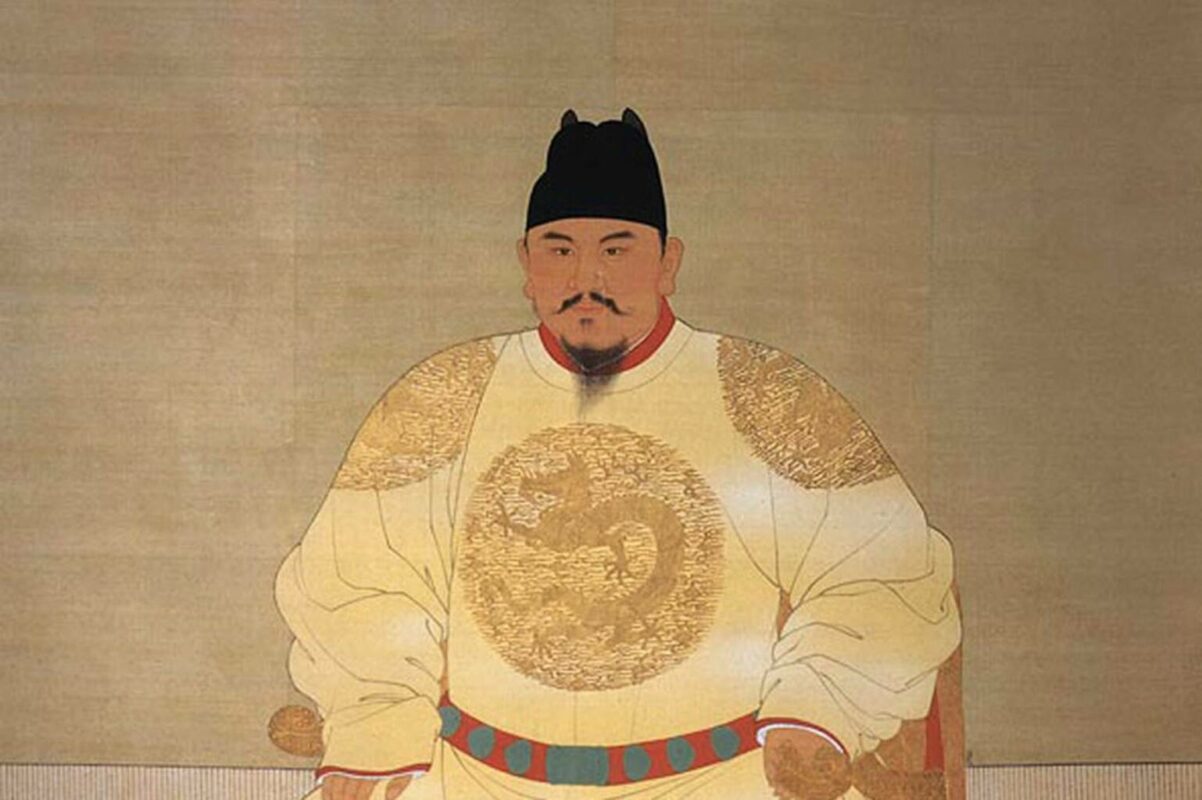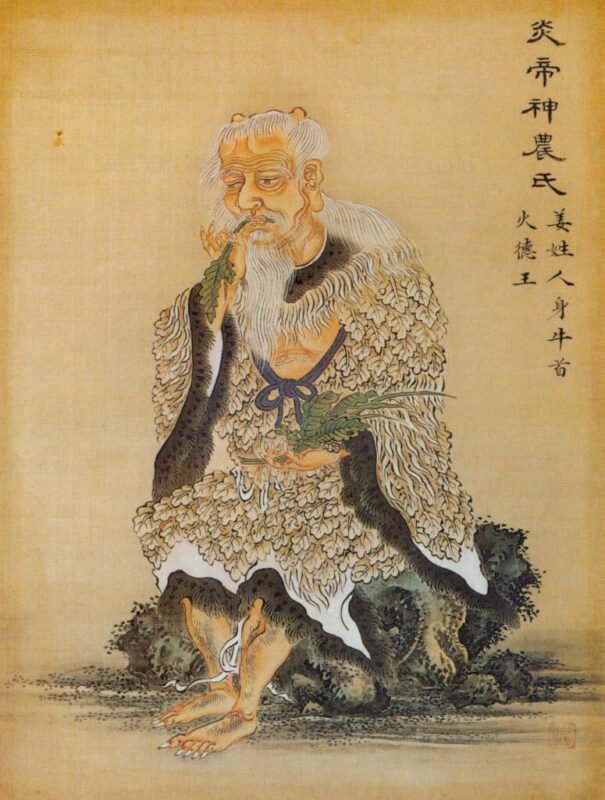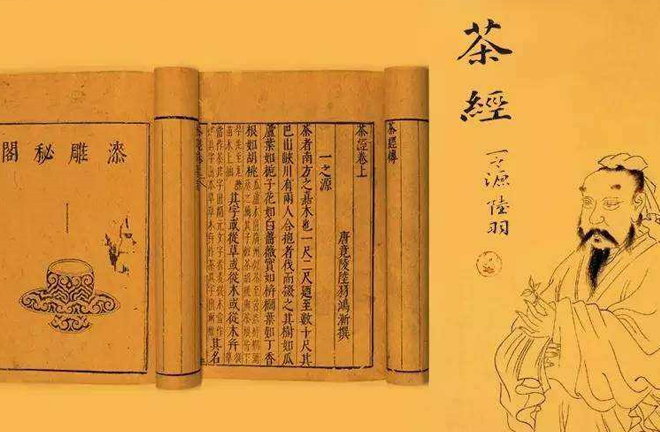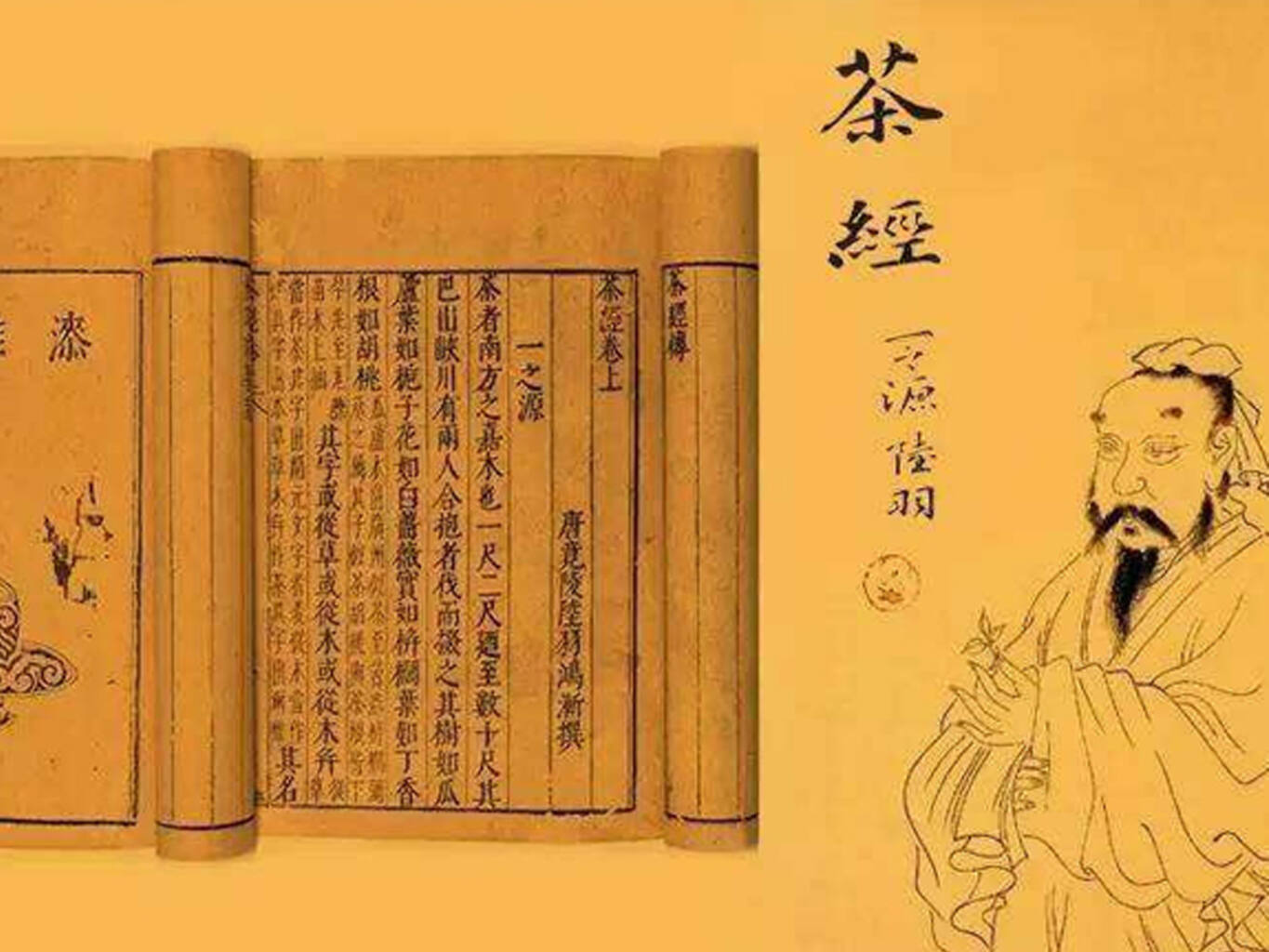The history of tea drinking dates back to ancient China about 5,000 years ago. The popular legend says tea was discovered by Emperor Shennong in ancient China, who was described as the god of agriculture and herbalism in Chinese mythology. It is believed that widely by the Chinese that Emperor Shennong had first discover green tea in 2737 BC. As he was resting and boiling water outdoor, a few tea leaves from a wild tree floated in the air and fell into his pot. He noticed the change in color of boiling water and began to sip the surprise, and became captivated by its relaxing aroma and calming effects.


This legend was then developed into “The Classic of Tea or Tea Classic or Cha Jing, the first known monograph on tea in the world, by Chinese Tea Master Lu Yu between 760 CE and 762 CE during the Tang dynasty, describing tea cultivation how-to, its manufacturing processes and brewing methods. During the Imperial China, tea drinking behaviors varied in different epochs and before Ming Dynasty, only Green Tea was known by the drinkers and most people drank tea as herbal remedy rather for pleasure for they believed tea has curing properties for many ailments.
In Tang Dynasty, tea would be processed in the form of “dried tea cakes”. They were roasted and grinded before being brewed in hot water. Sometimes, tea cakes were mixed with other herbal ingredients such as salt, peppermint, ginger, and citrus for colorful flavors. However, this tea drinking method was opposed by Master Lu Yu as he thought it would ruin the authenticity of flavor tea and only salt could be compromised.
Then in Song Dynasty (960-1279), tea drinking peaked both in the way it was creatively practiced and the significant invention of royal tea ware. The most famous one would be “Ru Yao”, one of the finest porcelains tea wares, made solely for Imperial Court, with its most iconic characteristics in term of color, often referred to as pale duck egg blue. In this era, tea drinkers would place tea powder in a bowl then poured hot water into it using a bamboo brush to mix.
While in Ming Dynasty (1368-1644), everything about tea drinking went back to basics. Tea was simply brewed by pouring boiling water over leaves placed in a vessel referred to as “Steeped Tea”, which brought significant changes to tea ware such as the birth of tea-pot. This incident stemmed from The Hongwu Emperor (Yuanzhang), the founding emperor of the Ming dynasty, who was once a commoner, saw the complex tea drinking ritual as a luxurious tradition reserved by the royals and noblemen, which would one day cause a downfall of the dynasty. Hence, the revolution of tea dinking to simplicity. In addition, more 6 tea varieties including oolong tea and black tea were introduced to the Chinese in this epoch. Ming’s advancement in tea-making also enabled a larger production that led to tea export that rose tea a true global drink accordingly.





